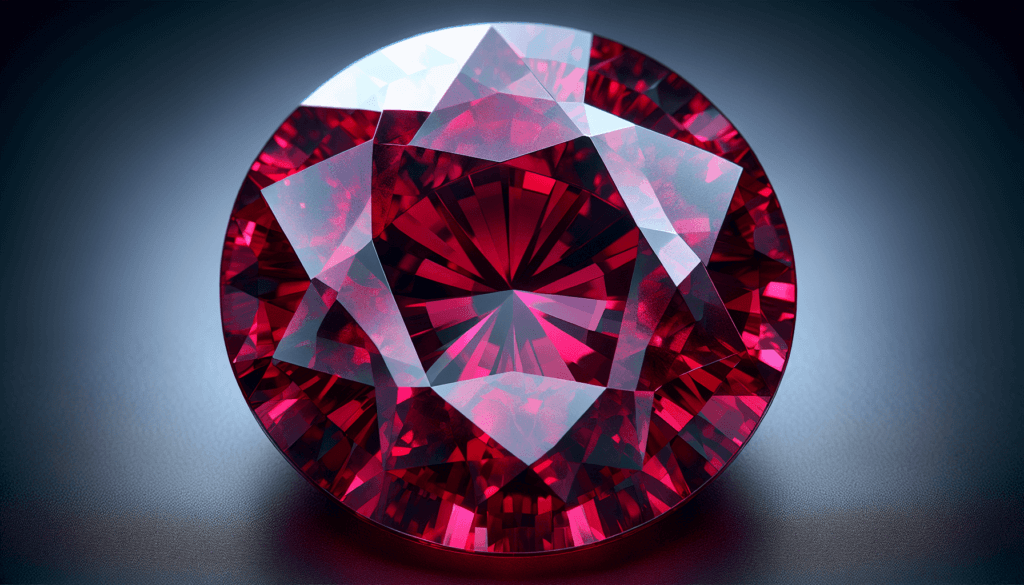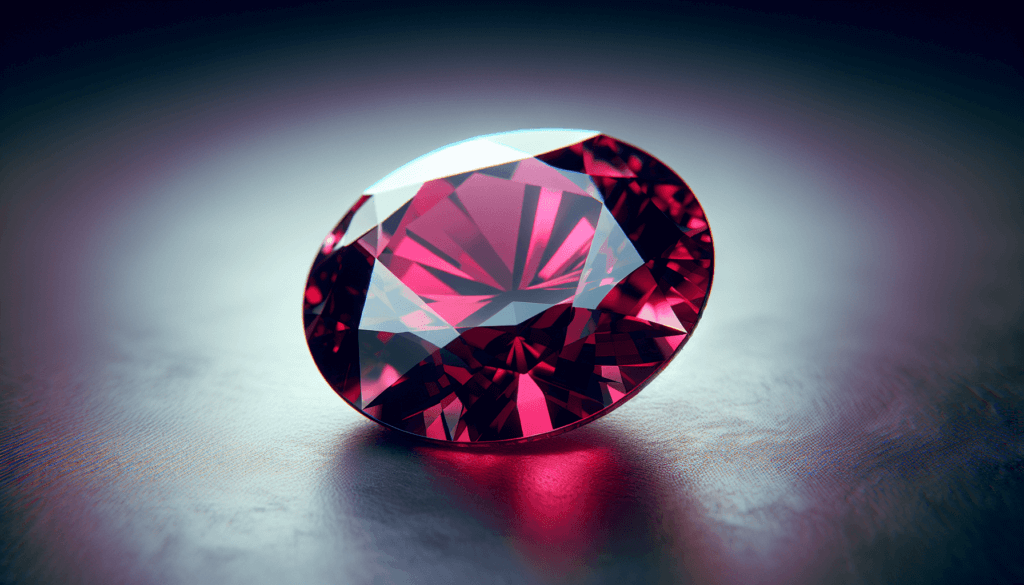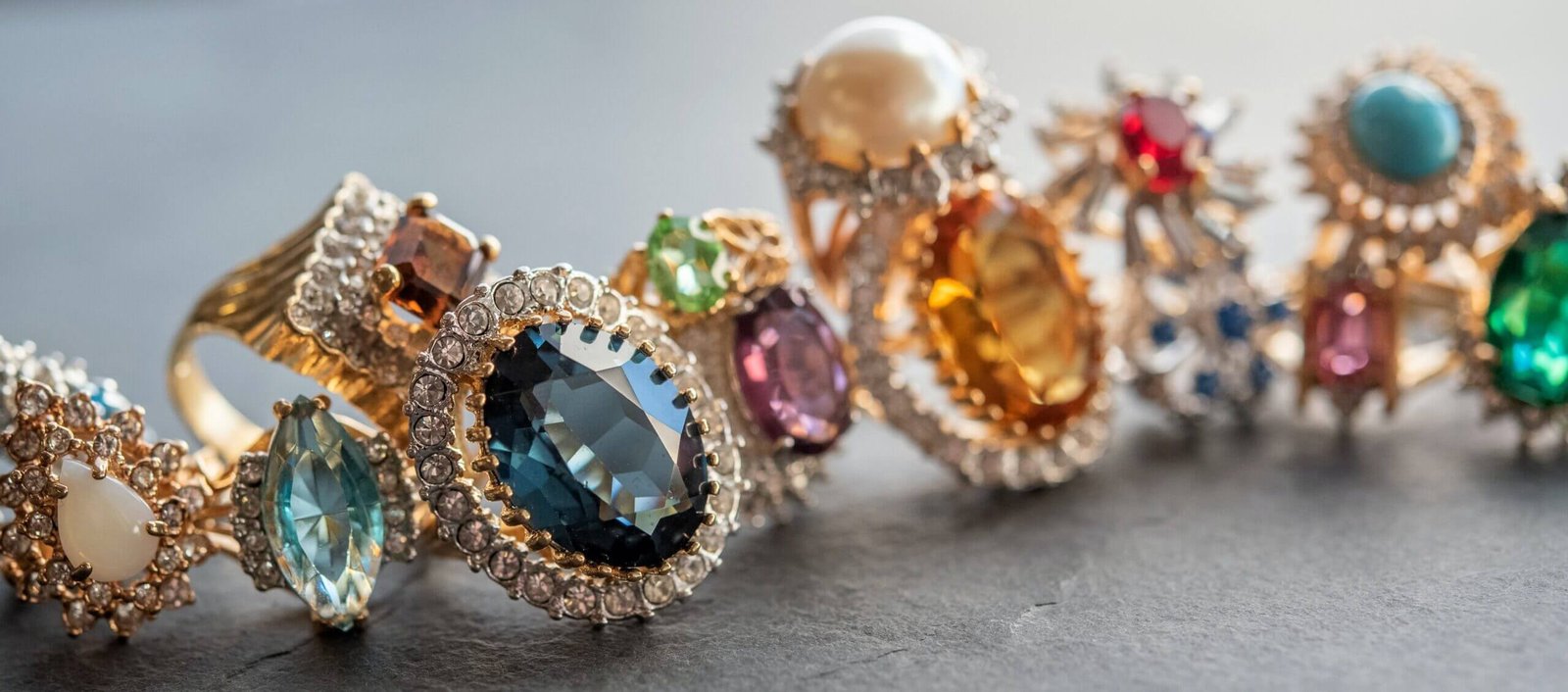You’ve probably seen rubies glittering in ornate pieces of jewelry or gem collections, their deep, passionate red hues capturing your attention. You might even own a few exquisite ruby pieces tucked safely in your jewelry box. But have you ever wondered what it is that makes this fascinating gemstone stand out? “What Is Special About Rubies?” examines everything you need to know, from the stone’s exceptional hardness, its rare variations, to the rich history and folklore that surrounds it. So, brace yourself to get immersed in an enchanting journey to the heart of this precious red gem.

Historical Significance of Rubies
Rubies have an illustrious history that spans across several civilizations and centuries. Their incredible splendor and rarity have ensured them a special place among precious gemstones.
Ancient cultures and their reverence for rubies
Long ago, ancient cultures held rubies in high esteem. Indians, for instance, considered rubies the ‘king of gems,’ treasuring them for their qualities that represented power, passion, and protection. Meanwhile, in ancient Greek and Roman societies, people viewed rubies as a stone of love, energy, and power. Even in Chinese literature, you’ll find allusions to these beautiful gemstones as an embodiment of wisdom.
Symbolism of rubies throughout history
Throughout history, rubies have symbolized predominantly power, passion, and protection. In many traditions, it is believed that rubies have the power to warn its wearer of impending perils and offer protection against evils and misfortunes. It was also associated with love and passion, so it would often feature in engagement or anniversary rings.
Historical figures known for their ruby jewelry
Many historical figures were known for their fondness for ruby jewelry. For instance, Elizabeth Taylor, the famous Hollywood actress, was an ardent lover of rubies and owned an impressive collection, including the famous Cartier Ruby Suite – a gift from her third husband, Mike Todd.
Geological Formation of Rubies
The creation of rubies is a matter of intriguing natural phenomena.
How rubies are formed in nature
Rubies are formed in the earth’s crust under immense pressure and high temperature. The gemstones demand specific conditions for formation – presence of minerals like corundum, a tinge of chromium for that distinct red hue, and a scarcity of silicon. This precise concoction of conditions makes them so rare and precious.
Regions known for ruby deposits
Certain places in the world are famed for their ruby deposits. Myanmar, formerly known as Burma, is renowned for yielding top-grade rubies with their signature ‘pigeon blood’ color. Other significant sources include Thailand, Cambodia, and Afghanistan. The ‘Montepuez’ region in Mozambique has recently emerged as an important source of high-quality rubies too.
How geography influences ruby color and quality
The geographical location plays a crucial role in shaping the color and quality of the rubies. For instance, Burmese rubies are famous for their deep, brilliant red color known as “pigeon’s blood,” while Thai rubies have a darker, burgundy hue. The color can affect the quality and value of the ruby in the market.

Physical Properties of Rubies
Rubies possess certain physical attributes that contribute to their immense appeal.
Hardness and durability of rubies
After diamonds, rubies are the hardest gemstones, placing second on the Mohs scale. This implies that they possess great durability and can withstand scratches and damages pretty well, making them ideal for daily wear.
Clarity, color, and cut of rubies
The value of rubies is significantly influenced by their clarity, color, and cut. The finest rubies have clear, vibrant red color with minimal imperfections, although slight needle-like inclusions can give them silky sparkle. The cut of the gemstone also plays a key role. A well-cut ruby reflects light beautifully and enhances the overall allure of the stone.
How these properties affect ruby value
All these factors interplay to determine the value of rubies. Rubies of high-quality display vibrant color, high clarity, and excellent cut. The brighter and clearer the ruby, the higher the price it commands in the market.
Symbolism of Rubies
Rubies hold immense symbolic importance across different cultures.
Symbolic meanings of rubies in different cultures
In different cultures, rubies often symbolize passion, protection, and prosperity. As it was believed that rubies have protective qualities, warriors in some cultures would embed rubies in their armor. In other parts of the world, rubies represent passion and eternal love.
Rubies in literature and art
The grandeur and allure of rubies have found mention in several literary and artistic works. From Shakespeare’s ‘Romeo and Juliet’ to paintings made during the Renaissance period, rubies have constantly been associated with themes of love, passion, and power.
Psychological effects of ruby color
The color red is psychologically associated with intense emotions, strength, and a zest for life. Adorning ruby gemstones can tap into these powerful emotions, giving a boost to your confidence and courage.

Uses of Rubies
Despite being famous as a jewelry gemstone, rubies have much broader uses.
Use of rubies in jewelry
Rubies, being one of the four precious gemstones, are widely used in making elegant jewelry pieces. From royal crowns and necklaces to modern day rings and earrings, rubies add an exquisite charm to any jewelry piece.
Industrial uses for rubies
Apart from its ornamental value, rubies have certain industrial applications as well, owing to their hardness and heat-resistance. They are used in making industrial equipment, abrasives, and even in laser technology.
Cultural uses of rubies
Many cultures use rubies in religious ceremonies and rites. In traditional Indian culture, for example, rubies are used in astrological remedies and are believed to bestow health and prosperity.
Ways To Identify Genuine Rubies
As valuable as they are, it’s essential to learn how to identify genuine rubies.
How to distinguish real rubies from synthetics
The market is abundant with synthetic rubies which look almost as good as the real ones. Genuine rubies, however, exhibit certain inclusions known as ‘silk’ which are absent in synthetic ones. Also, real rubies have imperfections, while synthetic ones are flawless.
Techniques for testing ruby authenticity
There are several techniques to test the authenticity of rubies – one common method is to assess the ruby under a magnifying glass or a jeweler’s loupe to check for inclusions. Another way is to do a hardness test since a genuine ruby won’t scratch easily.
Tools used by gemologists for identifying rubies
Gemologists use several tools such as a jeweler’s loupe, microscope, and spectroscope to ascertain the authenticity of rubies.
Maintenance and Care for Rubies
Proper care and maintenance can preserve the inherent beauty of your ruby for years to come.
Cleaning methods for ruby jewelry
The best way to clean ruby jewelry is to use warm soapy water and a soft toothbrush to gently scrub away any dirt. Ultrasonic cleaners can also be used, but they might intensify any existing fractures in the ruby.
Advice for preventing ruby damage
Despite their hardness, rubies can suffer from wear and tear. Avoid exposing your rubies to harsh chemicals or extreme temperatures. Always store your ruby jewelry separately to prevent scratches.
Restoration techniques for damaged rubies
If your ruby gets damaged, consult a professional gemologist or a jewelry repair service. They can help restore the stone and repair any setting in which it might be housed.
Health and Healing Properties of Rubies
Rubies are believed to offer various health and healing benefits.
Traditional healing uses of rubies
In traditional healing practices, rubies are believed to boost energy levels, improve concentration, and enhance motivation. They are also thought to detoxify the body and blood, and treat fevers and infectious diseases.
Modern interpretations of ruby healing powers
In today’s crystal healing practices, rubies are seen as stones of passion, power, and courage. Wearing a ruby is said to stimulate enthusiasm and attract positive energies.
Scientific studies on the impact of rubies on health
While there’s no scientific evidence to support the healing properties of rubies, many people claim to have experienced a positive difference after using or wearing them.
Market Value of Rubies
Rubies command a significant price in the gem market due to their rarity and quality.
Current market trends for rubies
Today, the market for rubies is very dynamic, with the highest demand for high-quality, untreated rubies. The prices for fine, untreated rubies have been on an upward trend, breaking records at auctions.
Historical trends in ruby pricing
Historically, rubies have been one of the most expensive gemstones. The value has risen exponentially over the centuries, especially for untreated, high-quality rubies.
Factors influencing the price of rubies
Various factors influence the price of rubies – the foremost being color, clarity, size, and origin. The more vibrant and clear the stone, the higher its value. Also, rubies from certain locations like Burma are generally more valuable than others.
Future of Rubies
The future of rubies looks promising despite certain challenges.
Predicted trends in ruby demand
The demand for rubies is expected to remain high in the future. Consumers’ increasing awareness and preference for untreated, naturally sourced rubies could further drive the market.
Impact of synthetic rubies on the gem market
The emergence of synthetic rubies poses a challenge to the gem market. While these lab-grown rubies are more affordable, they could dilute the market for genuine, natural rubies.
Emerging sources of rubies
New sources of rubies are being discovered, such as the deposits in Mozambique, which could impact the market dynamics, potentially making rubies more accessible to consumers.
In conclusion, it’s clear that rubies are truly special. Their brilliant scarlet hue, durability, and coveted status make them one of the finest gemstones in existence. Whether it’s their historical symbolism, the rigorous natural processes that form them, or their wide-ranging uses – everything about rubies is fascinating. To own a ruby is to own a piece of our earth’s magnificent treasure.



